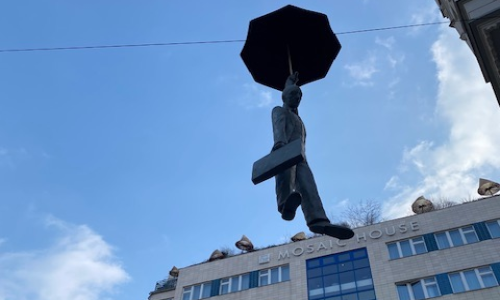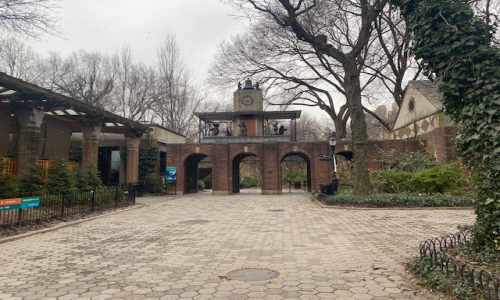I have written about Structured Notes extensively on BestCashCow.com (most recently here; an introduction to and overview of Structured Notes is provided here). These Notes are effectively bonds issued by the largest US banks (JP Morgan Chase, Morgan Stanley, Goldman Sachs, Bank of America, Wells Fargo and Citibank), and are not FDIC insured. They can offer investors a yield well above and beyond rates that might otherwise be accessible. But, in return for the high yields, investors have to accept kill provisions that could result in interest not being paid for long periods (even the life of the bond). Investors obviously are also taking on significant risks associated with the credit of the issuer, prepayment or call risk, and the risk of investing in an instrument that has no secondary market (no liquidity).
Risks associated with Structured Notes ordinarily outweigh the upside that the issuing bank is offering; it is rare to find notes that are very compelling. I have found that most notes tied to equities or baskets of equities offer hedge fund-like risk without commensurate return. I also caution investors to avoid any structured notes tied to exchange rate risk (I personally invested a small amount of money in a Morgan Stanley issued structured note tied to the Brazilian Real a couple of years ago, only to have exchange rates move in a manner that has left my money tied up and earning 1.00% until the note becomes due in 2016).
For this reason, it is particularly rare that I find a Structured Note that interests me, and that happened with a recent JP Morgan offering. The offering is a 15- year instrument which is not callable by the bank. It pays 9% in year one and then in years 2 through 15, pays the spread between the 30 year and 2 year Constant Maturity Swap (CMS) times a factor 4, but no more than 9% annualized. The Note also has a kill provision stating that it will not pay interest for any day in the previous quarterly period during which the S&P 500 traded below 25% of the S&P level on the day of pricing (e.g., were the S&P 500 at 1700 on the pricing date, that level would be set at 1225).
The Constant Maturity Swap (CMS), quoted on Reuters or Bloomberg, is essentially the rate at which banks trade with one another and matches the US Treasury rate very closely. A 2 year CMS is currently at 0.48% and a 30 year CMS at 3.50%. Provided that the spread continues to remain above 2.25% on each quarterly measurement date, the Note will continue to yield 9% annually (provided, of course, that the S&P kill provision is not met). It the spread is some number below 2.25%, the Note will pay an amount four times that spread. If the spread goes to 0 or if the 2 year CMS rises above the 30 year CMS (i.e., the yield becomes inverted), the Notes will pay nothing for that quarter.
A chart of the 2 and 30 year CMS spread for the last fifteen years indicates that there have been long periods when the spread has been less than 2.25%, during the 2000-2001 recession, between 2005 and 2008, and again in 2011 and 2012. In fact, the spread narrowed to 0 and was briefly inverted in 2000 and again in 2006. Nevertheless, as one looks out over the next 15 years, it would not be unreasonable to believe that while there may be quarterly interest payments over the life of the Note that are lower than 9% or even missed as a result of a narrow spread, the yield curve ordinarily has and holds a slope.
It, therefore, strikes me that the greater risk associated with these Notes is that the S&P will fall by more than 25% at some period shortly after the Notes are issued and remain there for many years. Unlike a dividend paying stock which still pays a dividend after a large fall, this instrument basically becomes dead money after a market fall until either the market recovers or maturity is reached. Since maturity is 15 years away and since the Notes are illiquid, investors could be sitting on this asset waiting for their money for a long period of time.
Investors need to decide for themselves whether a Structured Note like this one is appropriate for their portfolio. The Note described above is accessible at CUSIP No. 48126D7K9. As with any Structured Note, you should carefully read the prospectus and fully assess the associated risks for yourself.













Comments
Sigal
October 11, 2013
Too risky for me. The risk of 15 years with no potential interest is too long a period of time. But thanks for the info.
Is this review helpful? Yes:0 / No: 0
Add your Comment
or use your BestCashCow account